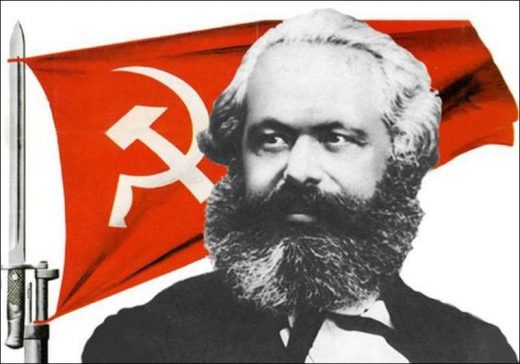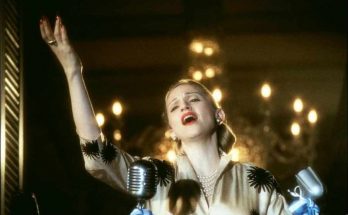Marxist Economic Model. While high inflation is a problem in almost every country in the world, it is seen that food and fuel prices are increasing rapidly. While economies based on capitalism are having difficulties, new economic models are being discussed. On the other hand, many economic models that have been tried in previous years are being investigated. One of these is the economic model created by Karl Marx from his own perspective. In this article, we examine for you what Marxist economics is and what it is not.
In this period when capitalism is taking over, Marx’s economic model answers many questions such as how workers are exploited and why the capitalist system experiences devastating and recurring periodic crises. Marx approaches the economic system from an objective perspective.
Karl Marx; He dealt with concepts in many areas from ontology to ethics and politics, such as nature, human, freedom, labor, work, leisure, dialectics, materialism, and proceeded through Aristotle’s philosophy. Marx praised Aristotle and described himself as a genius, especially in his book “Capital”, where he dealt with class and class struggle.
In his book Capital, Marx begins his analysis with the analysis of “property” or “commodity”, as did Aristotle. Marx defines a commodity as “first of all, an external object, a thing, that satisfies human needs of one kind or another with its properties.”
According to Aristotle, on one side of the political struggle there is the property-owning class or the “rich” who exploit unfree labor, while on the other side there are the “poor” who live off the labor of themselves and their families. According to Marx, in order to end this class conflict, it is necessary to establish a classless social order.
Going back to the commodity, Marx does not distinguish between trousers and shoes because, according to him, they are both products of human labor. In other words, “the usefulness of something makes it use value”. Iron, wheat, diamonds, etc. Commodities themselves are use values or goods. “Use value realizes itself only through use or consumption.”
When commodities are separated from their use values, all that remains is that they are products of labor. Labor power is directly linked to the well-being of working people. Workers need food, clothing, shelter, etc. to survive and be ready for work the next day. They should be able to meet their needs such as.
This should also include the care of the family, that is, the workers. Employees also need to be trained. Therefore, the value of labor power is determined by the value of the means of subsistence, that is, the means by which labor power is reproduced. There is also a historical element tied to time and place. Wages, which are the price of labor power, are considered the “market value” of work.
Marx divides the total capital created by capitalism into two. From means of production, raw materials, energy, etc. The resulting capital is considered “constant capital” because it simply transfers its value to new commodities. The value they give is fixed. However, capital represented by labor power (the cost of wages) is considered “variable capital” because it is the source of all new additional value.
On the primary class dichotomous basis determined by Aristotle as wealth and poverty, Marx reconstructed the categories of “proletariat” and “bourgeoisie”. The ultimate cause of all real crises has always been the poverty and limited consumption of the masses, Marx said in a statement.
Marxist economics is actually a socialist economic model. The production targets and the addition of the worker’s labor as profit and its calculation separately from the commodity value are built in contrast to the exploitation system seen in the capitalist system.
In our article, we briefly talked about Marxist economics. Although he followed Aristotle when creating this model, which actually has many components. Friedrich Engels also contributed to the development of this economic model.
Views: 323



